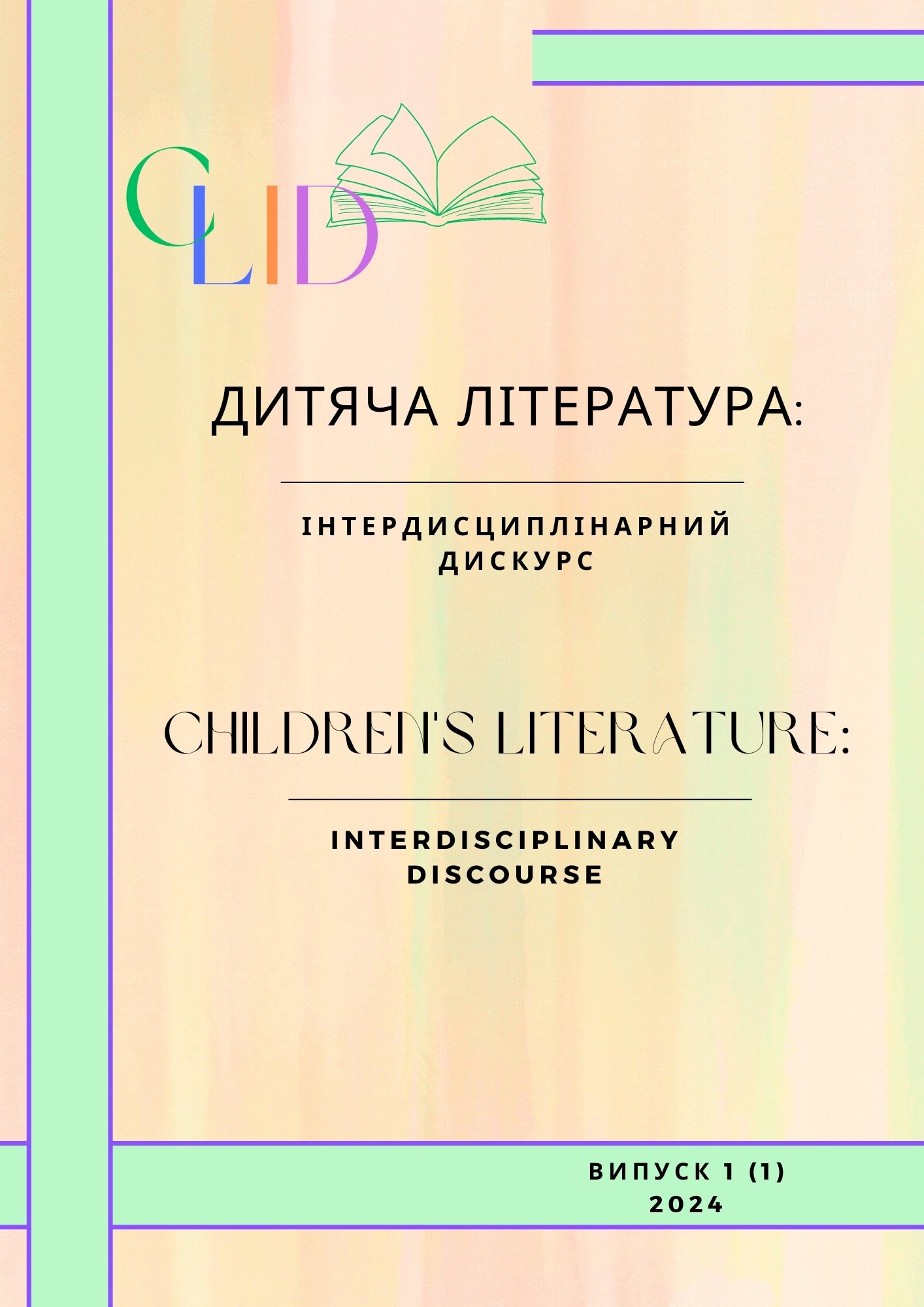Evoking Childhood Time During War and Peace: Paul Goma’s “From Calidor. A Bessarabian Childhood” and Lucian Blaga’s “The Chronicle and Song of Ages” and Poems
DOI:
https://doi.org/10.15330/clid.1.1.53-66Keywords:
childhood during wartime, the terror of history, childhood during peacetime, the eternal return to the Eden of childhood time and locus, prose and poetry childhood metaphorsAbstract
The presented paper aims at giving a brief insight into the writers' manner of depicting childhood during wartime and during peacetime. According to the article, childhood should be the most wonderful period, but history can interfere harshly and bring along many hardships and pain. However, even under these unfortunate circumstances, a child has the magic power of turning the evil into a luminous experience. Throughout the adult life, the terror of history is the very trigger of the eternal return to the Eden of childhood time and to a favourite locus, usually the native home. Paul Goma`s From Calidor. A Bessarabian Childhood novel provides a good example for the manner in which a writer depicts childhood during wartime whereas, on the other hand, Lucian Blaga`s The Chronicle and Song of Ages memoir is an appropriate example for the way in which the writer talks about childhood during peacetime. As Blaga is one of Romania`s greatest poets, we have the unique opportunity to see how he refers to childhood in some of his poems, too. Mention should be made of the fact that, from the style point of view, metaphors are the most important figures of speech resorted to in order to depict childhood.
It is claimed in the article, irrespective of the fact that childhood is depicted during war or peace, it manages to keep its magic, being a special state of mind, time and space. Therefore, it provides the perfect time and space to retreat in front of the terror of history. The favourite space, the so-called locus, of childhood is the native house or the homeland, the native country. The relationship between the terror of history and childhood refers to binary categories such as ephemeral/eternal, history/eternity, labyrinth/freedom. Remembering childhood is similar to a ritual of recovering an ideal, a mystical time. Childhood can be interpreted as a metaphor of the moment before the birth of time, with an immutable space, purged of the effects of passing, of non-exemplary events. The desire of the mature to return to childhood is actually the human desire to place himself/herself in eternity, converting duration into eternal time.
References
Blaga, Lucian. (2012). Hronicul și cântecul vârstelor [The Chronicle and Song of Ages]. Humanitas Publishing House.
Eliade, Mircea. (1990). Încercarea labirintului [Ordeal by Labyrinth]. Dacia Publishing House.
Goma, Paul. (1990). Din Calidor. O copilărie basarabeană [From Calidor. A Bessarabian Childhood]. Albatros Publishing House.
Grupul μ (Jacques Dubois, Francis Edeline, Jean-Marie Klinkenberg, Philippe Minguet, Francois Pire şi Hadelin Trinon). (1974). Retorică generală [General Rhetoric]. Universe Publishing House.
Lakoff, G., Turner, M. (1989). More Than Cool Reason: A Field Guide to Poetic Metaphor. The University of Chicago Press.




